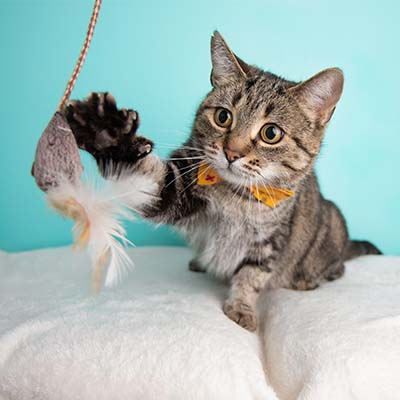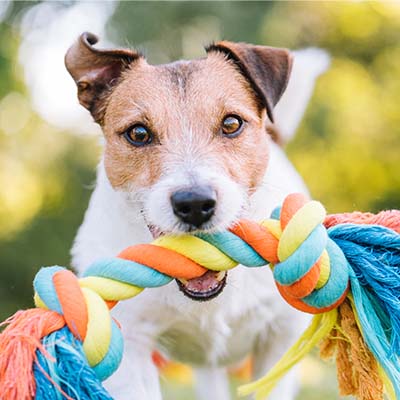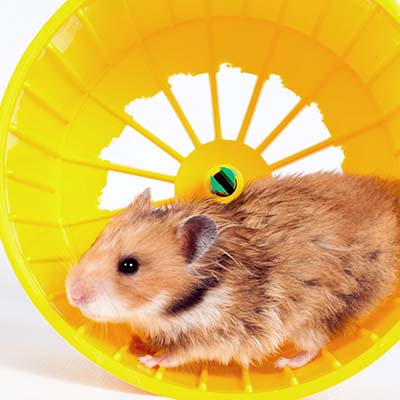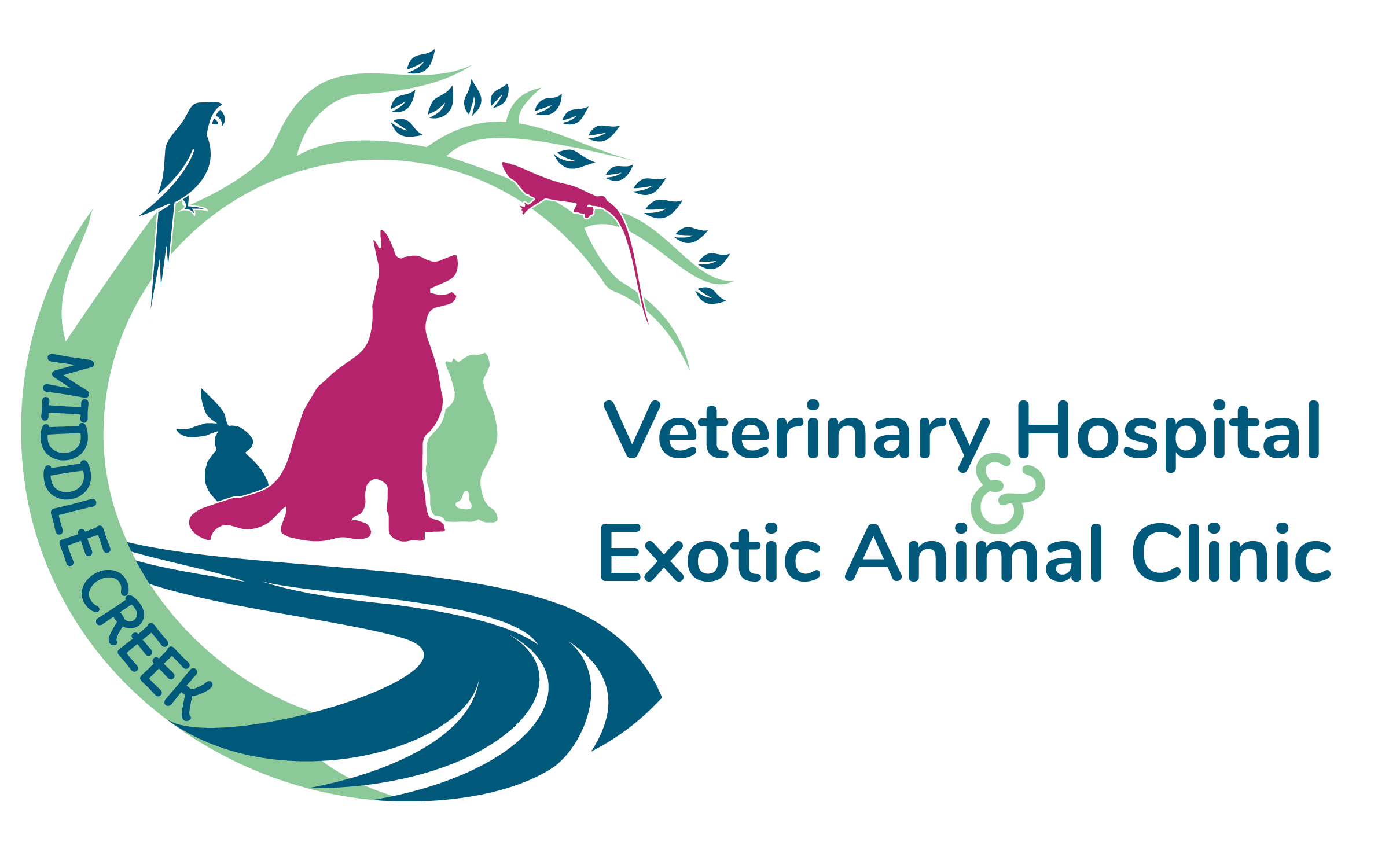About
Hazards & Recalls
A crafty creature can sometimes turn even the safest toy into a hazard. There are also times when a product you’ve been using for years is suddenly recalled and taken off the shelf. Keeping our animal family safe can be quite a challenge. On this page, we discuss common toy hazards and product recalls. For information on pet food recalls and toxic human foods, click here.
Product Recalls
Recalls primarily arise from quality control issues, manufacturing errors, contamination, or the discovery of potentially hazardous materials. Recalls result in the withdrawal of specific products from the market due to potential health or safety concerns. These recalls aim to keep your pet from harm; you should take all pet product recalls seriously and immediately stop their use.
What to do after Pet Product Recalls
If you suspect your pet’s diet or any other product they use has been affected by a recall, it’s crucial to act swiftly. The safety and health of your companion are of utmost importance. Here’s what you should do:
- Immediately stop use: You should discontinue using the product as soon as you become aware of the recall. This helps prevent any potential harm to your pet.
- Check the details: Gather all relevant information about the recall, including the specific product details, lot numbers, and reasons for the recall. This will help you assess the level of risk to your pet.
- Monitor your pet closely: Watch for discomfort, unusual behavior, or illness. If you notice anything amiss, contact us as soon as possible.
- Stay informed: Check the manufacturer’s updates for any developments related to the recall. Stay up-to-date with pet industry news and official sources like AVMA and the FDA. Follow @AVMARecallWatch on Twitter to add updates to catch pet product recalls in real time.
Harmful Pet Products
While certain products may only be hazardous to particular species, it is good to be informed about items on the market that may cause damage to your pets. By keeping yourself in the know, you can not only prevent your pets from getting sick or hurt but also spare yourself from the trauma of surgery and emergency vet visits.
So that you know, these lists are meant for educational purposes and are not comprehensive. We’ll only talk about items sold specifically as pet products; to learn more about dangerous human products for your pets, please see here. If you have any doubts about using specific products for your pet, please get in touch with us immediately.
Hazardous Cat Toys
Many cat toys become dangerous when they (or pieces of them) can be swallowed. Others can injure kitties in other ways. Common hazards may include:
- Toys with strings, yarn, ribbon, or string-like features such as tails on stuffed toys
- Feathers on wands or toys
- Toys with small parts that can fall or be chewed off like googly eyes
- Stuffed toys if the stuffing is eaten
- Laser pointers if shined directly into human or animal eyes
- Any toy with sharp edges or points

Hazardous Dog Toys
Like their feline counterparts, dogs can be unintentionally injured by their toys. Frequent risks include the risk of choking and intestinal blockages because if they can (or think they can) swallow it, they will probably try. Watch out for:
- Toys that are too small for your dog
- Toys that are not “tough” enough for heavy chewers
- Rawhides or other chews that can be swallowed in large chunks
- Rubber balls, if they can be destroyed and consumed
- Stuffed animals if the stuffing is eaten
- Poorly made squeaky toys
- Rope toys if they are ingested or caught in the mouth
- Real wood (sticks or toys) that can be broken and get lodged in the mouth or throat

Hazardous Exotic Pet Toys
Guidelines for exotic pet toys vary according to the species and their size. We suggest you contact us to discuss what toys are safe for your pet. However, here is a short list of products that should be used with caution:
- Plastic cage accessories for chewers
- Toys with bells
- Exercise balls
- Metal parts of toys or paint that may contain zinc or lead for birds
- Marbles
- Rubber, vinyl, or foam toys for ferrets

Exercise and play are crucial for your pet’s emotional and physical well-being. At Middle Creek Veterinary Hospital, we want to help you stay informed and protect your pet’s playtime. Always supervise your pets when they are playing, and if you have any doubts about a particular toy, please contact us.
While most product recalls tend to be toys, treats, and food, it is also important to note that items like enclosures, harnesses, bowls, and cat trees may be recalled. Our compassionate team supports you in making the right choices for your pet’s well-being. We are committed to your pet’s safety and happiness and are here to guide you every step of the way.
